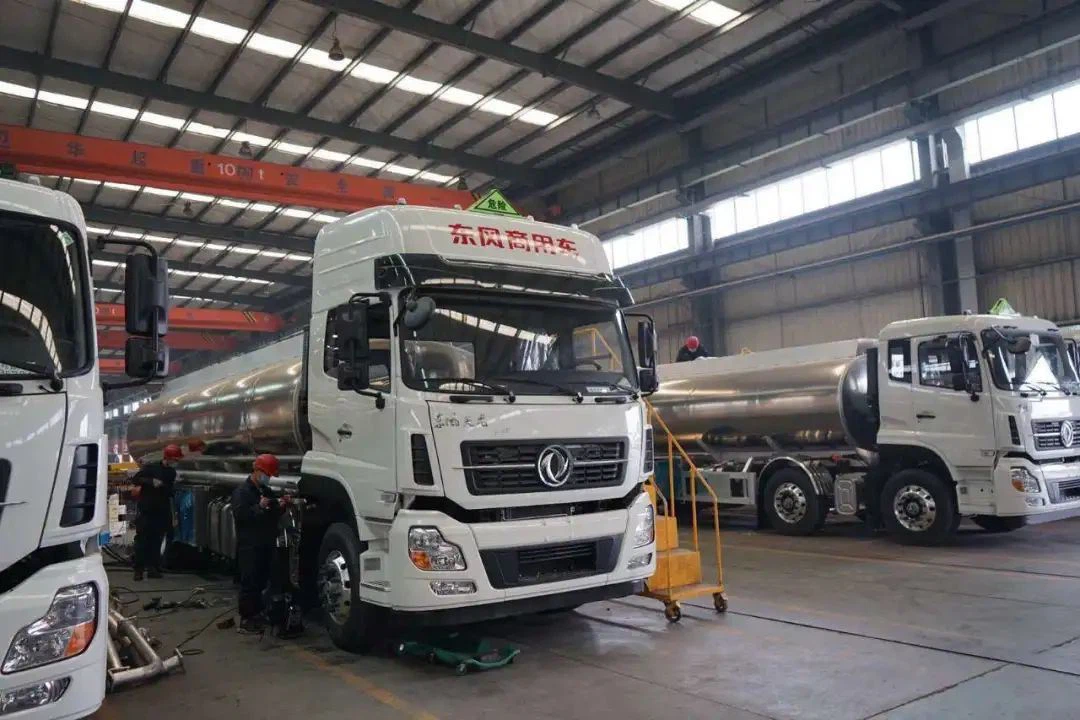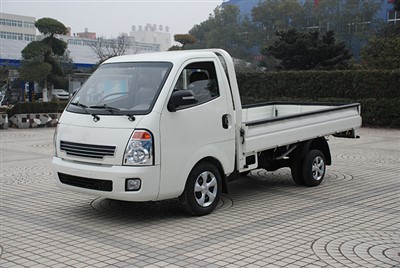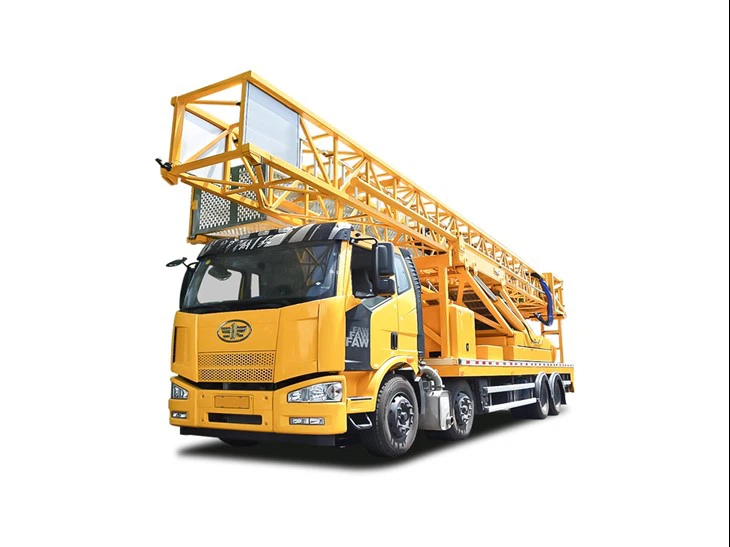How to Operate a Water Truck: A Comprehensive Guide

Operating a water truck efficiently requires a blend of technical knowledge, practical skills, and understanding of safety protocols. Whether you are supplying water for construction sites, agricultural purposes, or dust control, this comprehensive guide will walk you through all the aspects of managing a water truck effectively.
Table of Contents
- Understanding Water Trucks
- Types of Water Trucks
- How to Operate Water Trucks
- Water Truck Safety Guidelines
- Maintenance of Water Trucks
- Best Practices for Efficient Water Truck Operation
- Troubleshooting Common Issues
- Regulations and Compliance
- Frequently Asked Questions (FAQs)
Understanding Water Trucks
A water truck is a specialized vehicle designed to transport and distribute water efficiently. They are commonly used in construction, agricultural settings, and emergency services. Understanding the basic components and functions of a water truck is essential for safe and effective operation.
Key Components of a Water Truck
- Water Tank: The main component, usually made of steel or polyethylene, that holds the water.
- Pump: Used to transfer water from the tank to various outlets.
- Hoses and Nozzles: Attached to the truck to distribute water in different ways.
- Chassis: The base of the truck that provides the necessary support and mobility.
- Control Panel: Allows the operator to manage the pump and other functions.
Types of Water Trucks
Different operations may require different types of water trucks. Below are some common variations.
Standard Water Trucks
These are typically used for general purposes, including dust control and road maintenance.
Dust Control Water Trucks
Equipped with spray heads or nozzles specifically designed to control dust on construction sites or unpaved roads.
Agricultural Water Trucks
Used for irrigation and spraying in agricultural settings; they may include specialized attachments.
Fire Fighting Water Trucks
These trucks are fitted with fire hoses and pumps, often used in emergency situations to combat fires.
How to Operate Water Trucks
Operating a water truck involves several steps, from pre-operation checks to actual water distribution and post-operation tasks.
Pre-Operation Checks
- Inspect the Vehicle: Check for leaks, brakes, tires, and the condition of the water tank.
- Check the Pump: Ensure it’s functioning properly and check for any blockages in hoses or nozzles.
- Safety Gear: Always wear appropriate safety gear, including gloves, hard hats, and high-visibility vests.
Filling the Water Tank
To fill the water tank:
- Locate a safe and clean water source.
- Use a hose to fill the tank ensuring no contamination occurs.
- Monitor the water level to avoid overfilling.
Starting the Truck
To start the truck, follow these steps:
- Place the vehicle in gear and ensure the parking brake is engaged.
- Start the engine and allow it to warm up.
- Check all gauges for normal readings.
Using the Pump
The pump is usually activated via the control panel. Ensure you:
- Know the operational range and capacity of your pump.
- Engage the pump and adjust the flow rate as needed.

Distributing Water
Depending on the purpose, you can distribute water in various ways:
Spraying for Dust Control
Set the spray nozzles to achieve an even distribution. Move the truck slowly to cover the intended area.
Irrigation
For agricultural purposes, use hoses with specific attachments for targeted irrigation.
Firefighting Operations
Engage the fire hose and ensure the nozzle is aimed correctly for maximum effectiveness.
Post-Operation Tasks
- Flush the pump and hoses with clean water to avoid contamination.
- Inspect for any damages or wear-and-tear.
- Log the hours operated and any issues encountered for future reference.
Water Truck Safety Guidelines
Safety is paramount when operating a water truck. Follow these guidelines:
General Safety Tips
- Always wear seatbelts.
- Keep an eye on surrounding areas for pedestrians and other vehicles.
- Follow the manufacturer’s safety instructions closely.
Emergency Procedures
Know what to do in emergencies:
- Have a first aid kit readily available.
- Understand the procedure for dealing with equipment failure.
- Be aware of fire safety measures if using the truck for firefighting.

Maintenance of Water Trucks
Regular maintenance is crucial for the longevity and reliability of your water truck.
Daily Checks
- Check oil levels and fluid conditions.
- Inspect the water tank for leaks and corrosion.
- Ensure all lights and signals are functioning.
Scheduled Maintenance
| Maintenance Task | Frequency |
|---|---|
| Oil Change | Every 5,000 miles |
| Filter Replacement | Every 10,000 miles |
| Pump Inspection | Annually |
| Tire Rotation | Every 6,000 miles |
Best Practices for Efficient Water Truck Operation
Following best practices will ensure maximum efficiency and safety while operating a water truck.
Planning Your Route
Before heading out, ensure to plan your route effectively, taking into account traffic and road conditions.
Water Conservation Techniques
Use techniques to conserve water while operating your truck, such as:
- Adjusting the flow based on the task.
- Utilizing spray patterns that minimize water waste.
Training and Certification
Consider obtaining training or certification for operating heavy machinery, which can also cover water trucks.
Troubleshooting Common Issues
Here are some common problems and their solutions:
Pump Not Working
Check for clogs, leaks, and ensure the pump is engaged properly. Refer to the manufacturer’s manual for troubleshooting steps.
Leaks in the Tank
Inspect welds and fittings. Minor leaks may be repaired with sealant, while larger issues may require consulting a mechanic.
Unresponsive Controls
Check for electrical connections and fuses. Make sure the battery is fully charged.
Regulations and Compliance
It is essential to comply with local and federal regulations regarding water transportation and usage.
Licensing Requirements
Ensure that your driver has the necessary licenses, which may vary by state or country.
Water Usage Regulations
Be informed about regulations regarding water use, especially in drought-prone areas.
Frequently Asked Questions (FAQs)
What is the average capacity of a water truck?
The average capacity varies based on the truck model but typically ranges from 1,000 to 4,000 gallons.

How often should I wash a water truck?
It is advisable to wash your water truck regularly to prevent contamination and corrosion.
What types of pumps are used in water trucks?
Most water trucks utilize centrifugal pumps, but diaphragm and gear pumps may also be found based on specific needs.
Can I use a water truck for purposes other than transporting water?
Yes, many water trucks can be equipped with specialized attachments for various uses, including spraying chemicals for dust control or firefighting.
What safety gear do I need while operating a water truck?
Essential safety gear includes gloves, hard hats, safety glasses, and high-visibility vests to ensure you’re seen and protected.
